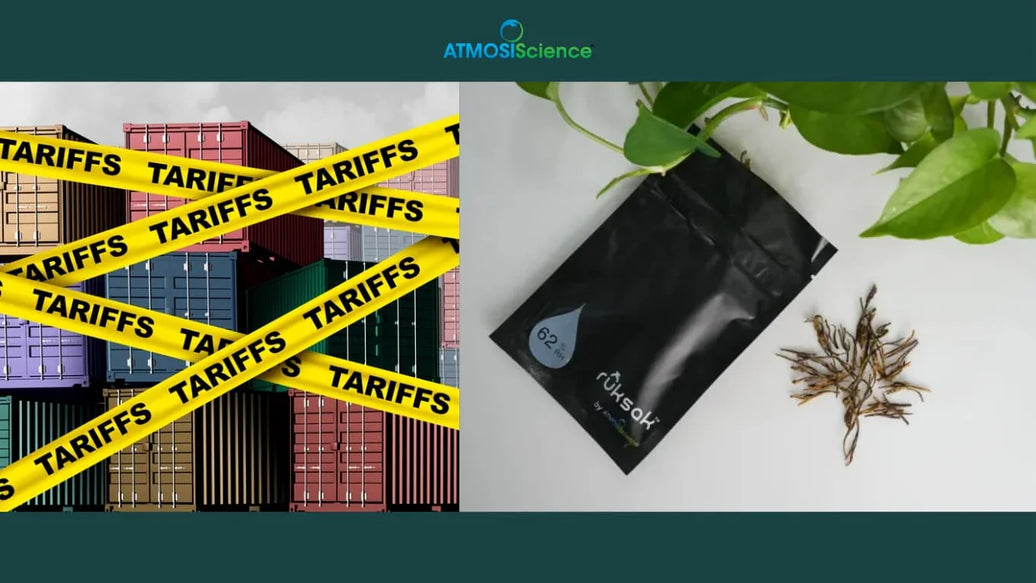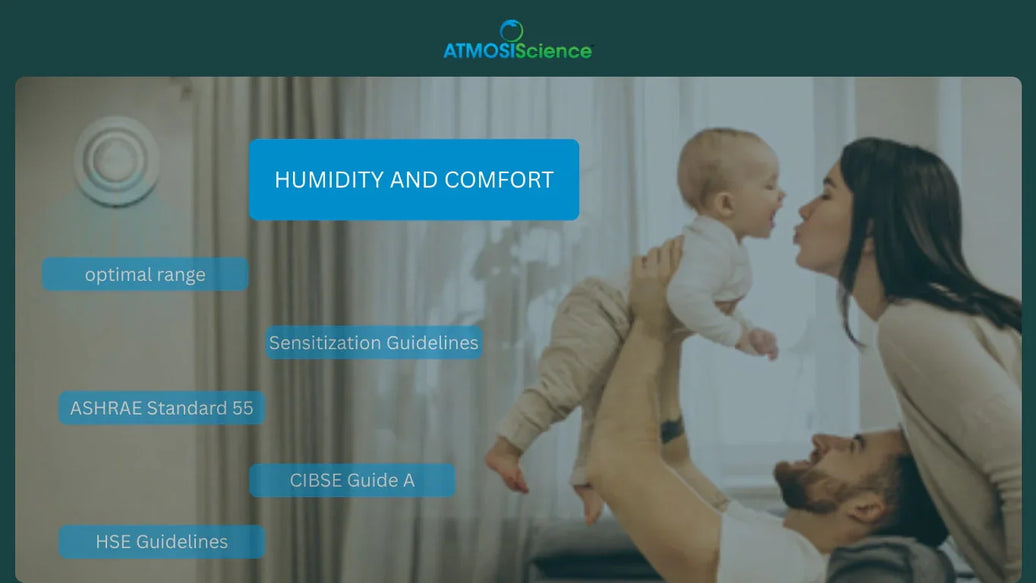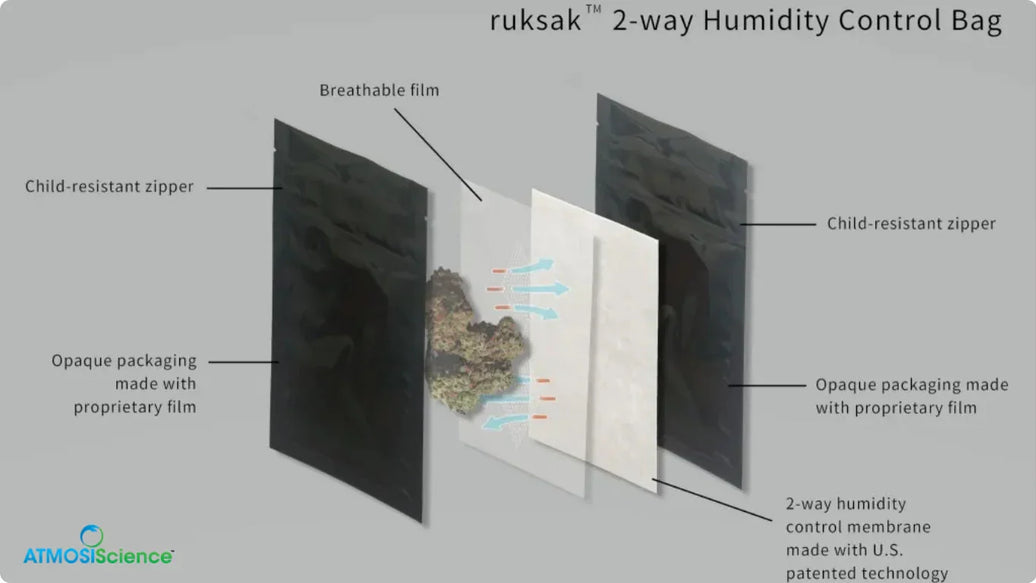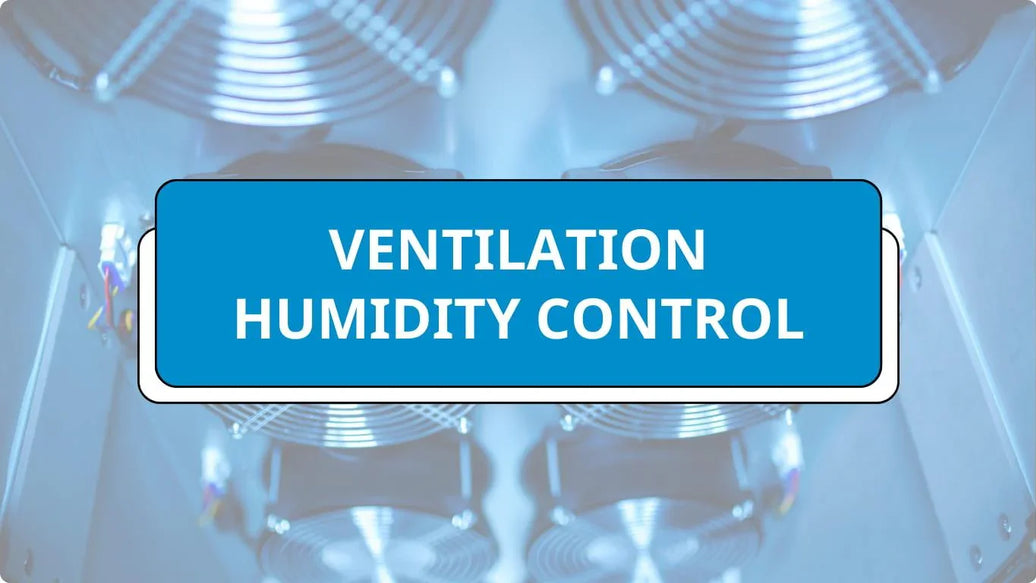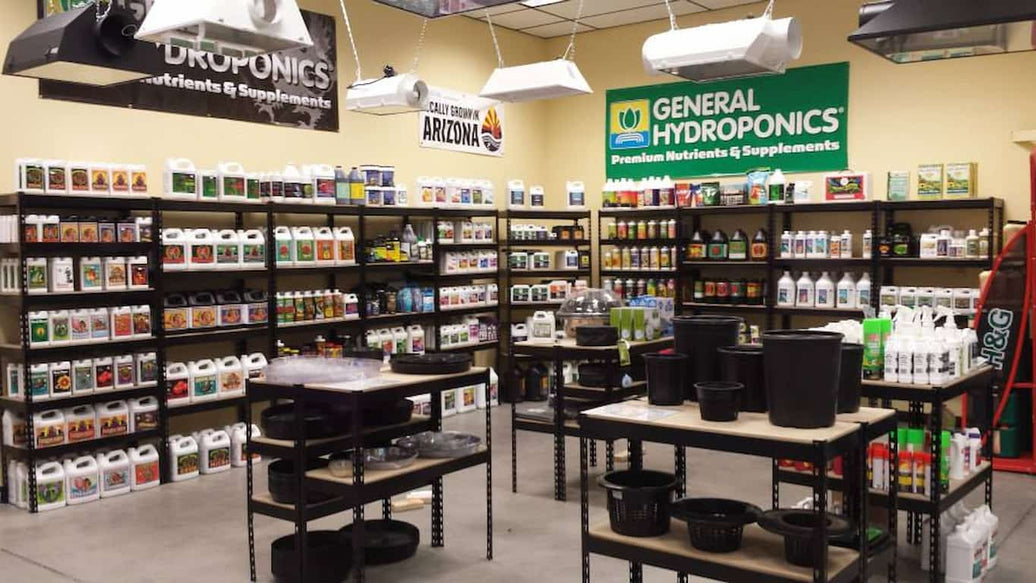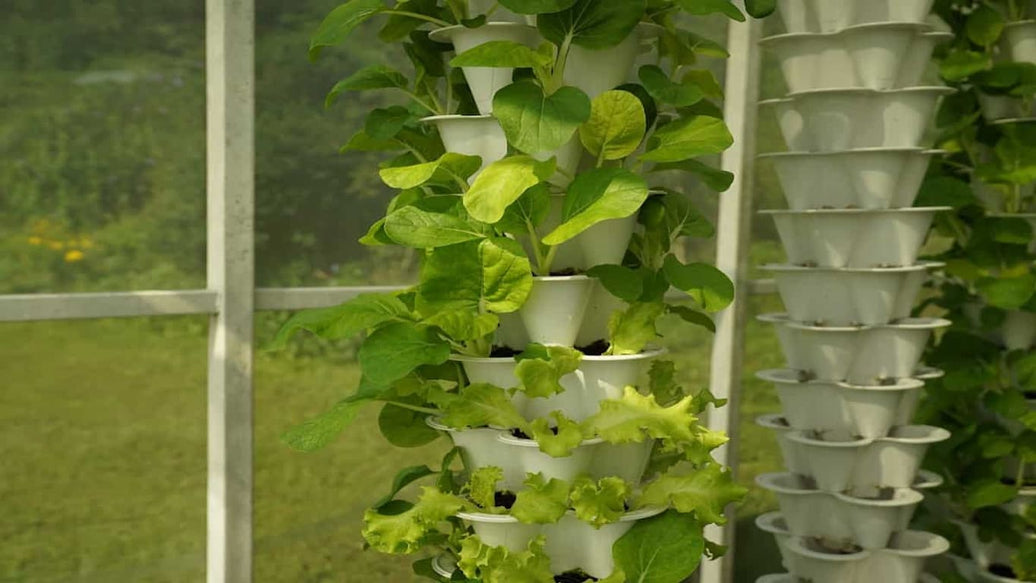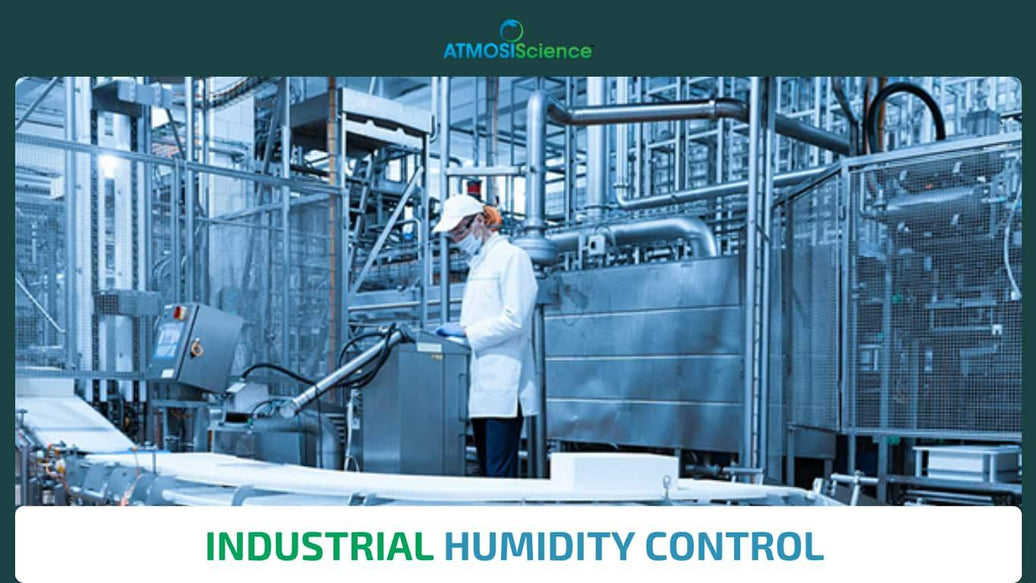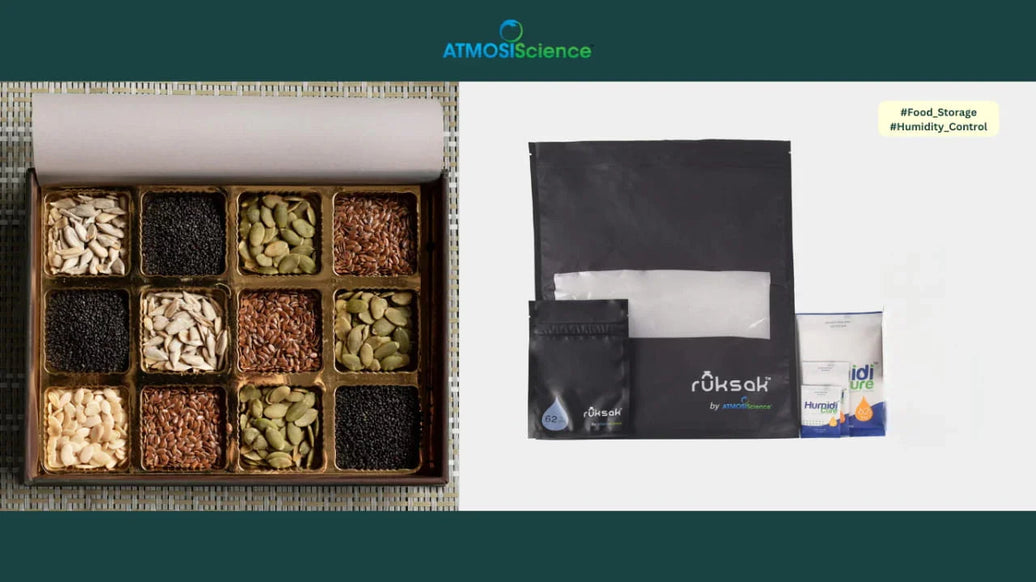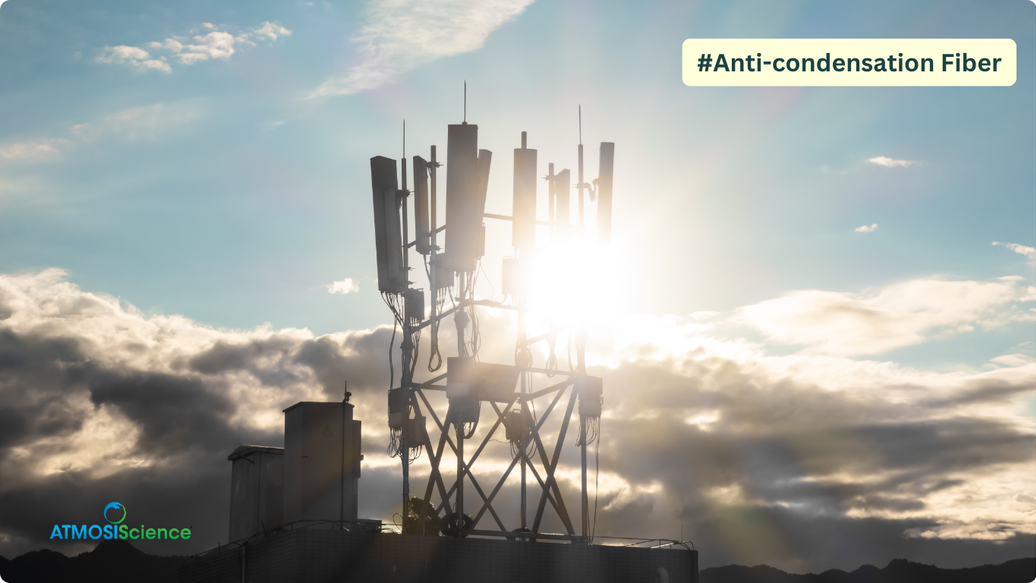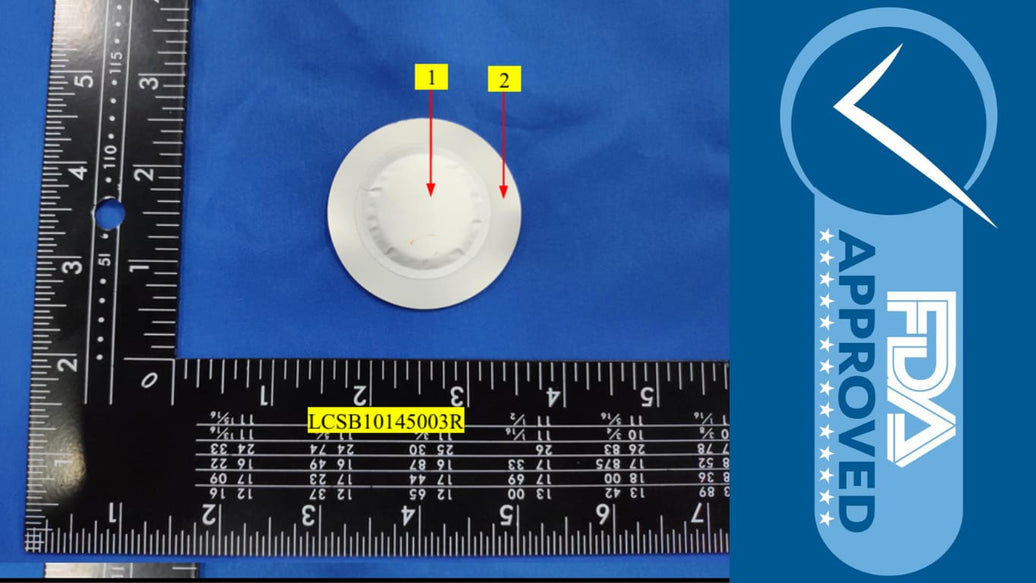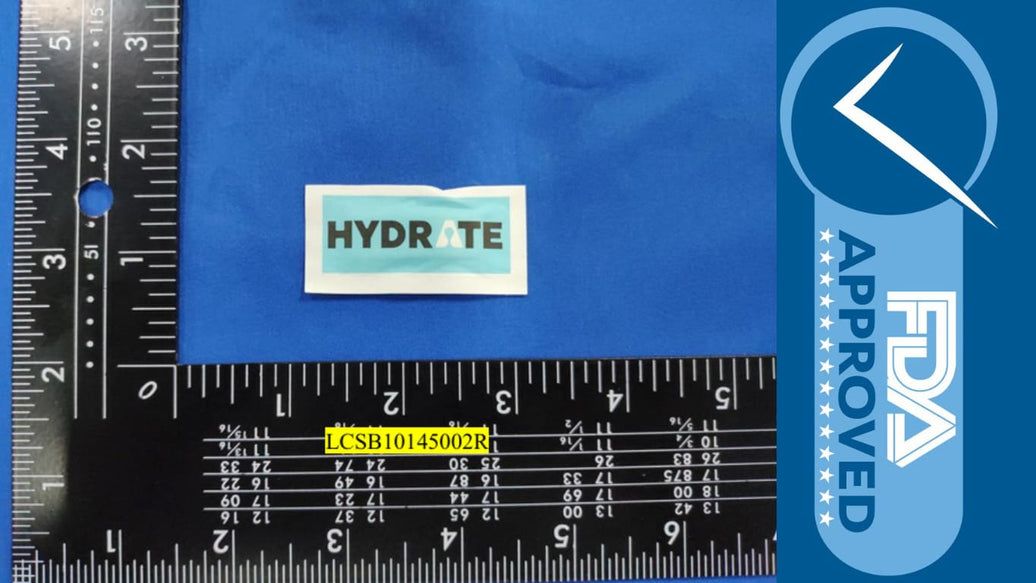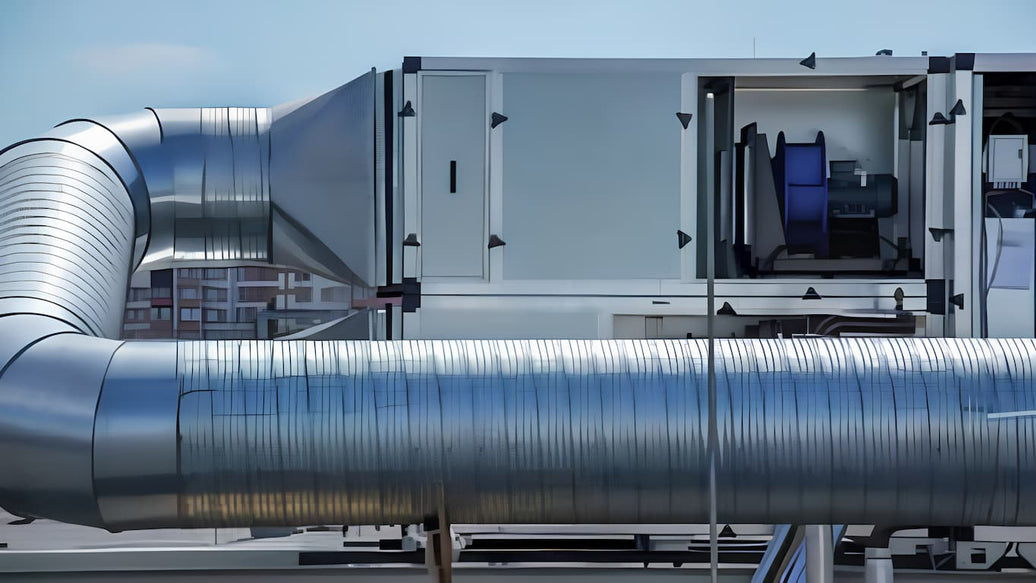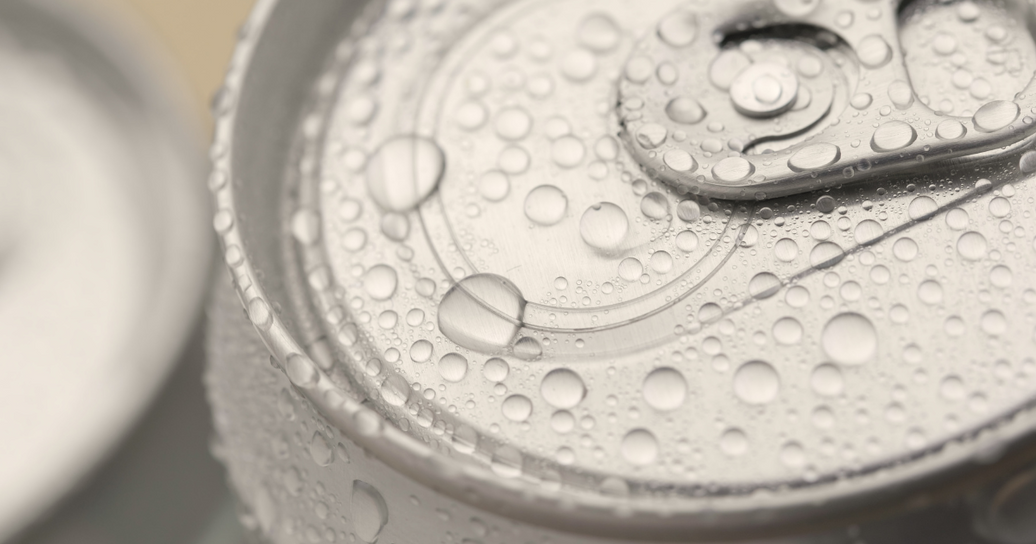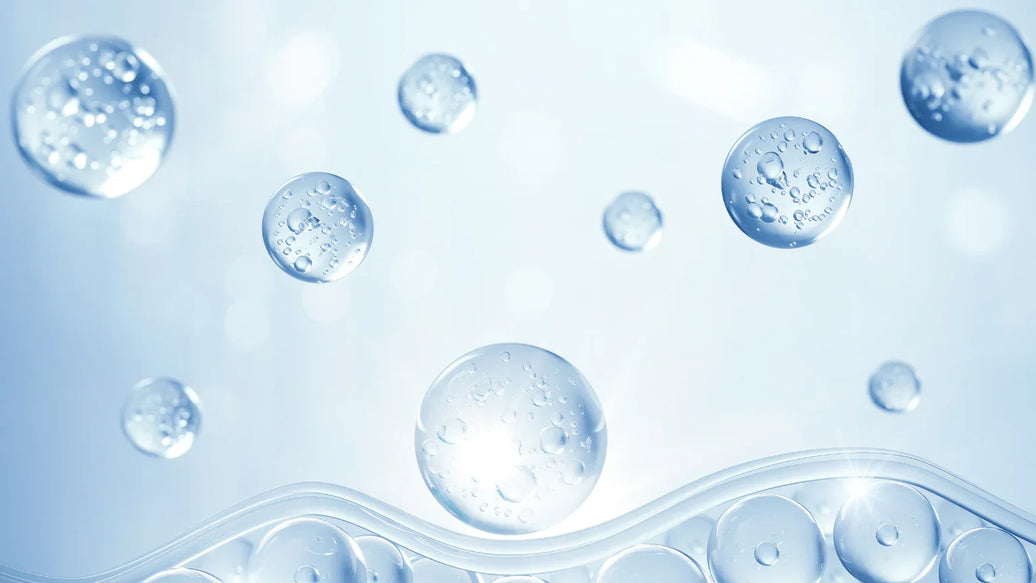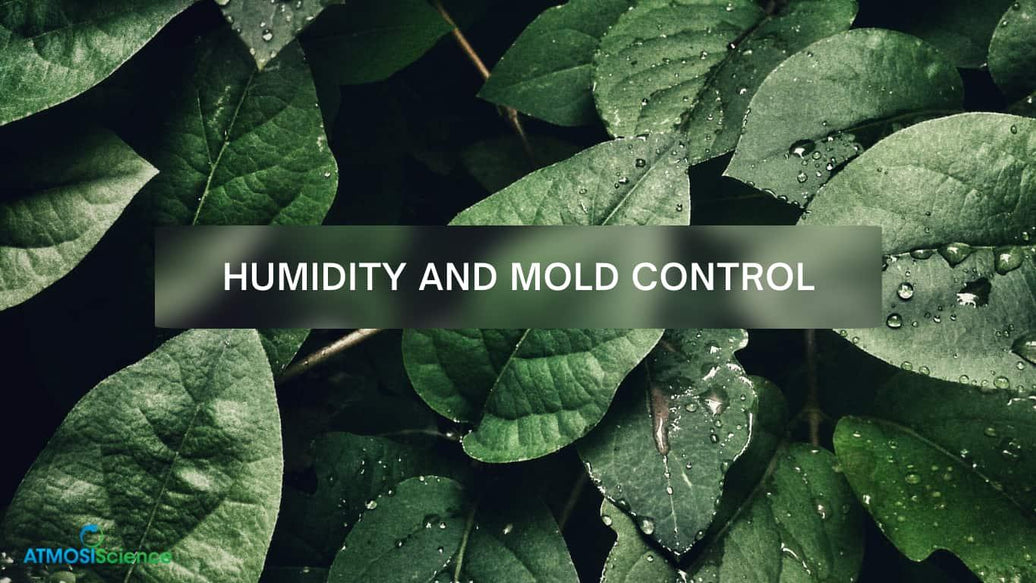The electronics manufacturing industry is highly sensitive to environmental conditions, with electronics manufacturing humidity being a critical factor. Proper humidity control is essential for maximizing production output, ensuring product quality, and preventing damage from electrostatic discharge (ESD). In this blog, we will delve into the importance of electronics manufacturing humidity, discuss the ideal electronics manufacturing humidity requirements, and provide strategies for how to protect electronics from humidity and control ESD humidity control.

As manufacturers strive to optimize their production processes, understanding the role of humidity becomes increasingly important. Humidity affects not only the quality of electronic components but also the safety and efficiency of the manufacturing environment. By maintaining optimal humidity levels, manufacturers can reduce waste, improve product reliability, and enhance overall operational efficiency.
The importance of humidity in electronics manufacturing
Humidity plays a pivotal role in electronics manufacturing by influencing the quality and longevity of electronic components. Optimal electronics manufacturing humidity levels help maintain consistent production outputs and reduce waste. Moreover, high humidity reduces static electricity, which is crucial for preventing ESD events that can damage sensitive electronic components. This is where ESD humidity limits come into play, as maintaining humidity above certain thresholds can significantly reduce the risk of static-related damage.
Impact on component quality
Humidity affects the quality of electronic components by preventing corrosion and brittleness in materials. Components such as capacitors and resistors are particularly sensitive to moisture. Maintaining adequate humidity levels ensures that these components remain functional and reliable over time. For instance, in environments with high humidity, moisture can seep into components, leading to premature failure. Conversely, in very dry conditions, components may become brittle and prone to cracking.

Impact on ESD prevention
High humidity reduces static electricity, which is essential for preventing ESD events. In environments with low humidity, static charges can accumulate on clothing, tools, and components, leading to unexpected discharges that can destroy sensitive electronics. By maintaining a higher humidity level, manufacturers can reduce the likelihood of these events, thereby protecting their products and ensuring a safer working environment.

Electronics manufacturing humidity requirements
To ensure optimal conditions for electronics manufacturing, it is essential to understand the ideal electronics manufacturing humidity requirements. These requirements typically fall between 30% and 70% relative humidity (RH), with some facilities maintaining a consistent level around 50% RH. Different components may have specific humidity requirements based on their sensitivity to moisture and static electricity.
Component-specific humidity needs
Components that are highly susceptible to corrosion or moisture damage may require lower humidity levels, while those sensitive to static may benefit from higher humidity. For example, components used in high-reliability applications, such as aerospace or medical devices, may require more stringent humidity control to ensure their longevity and performance.
Regional humidity adaptations
Facilities located in regions with high ambient humidity may need to implement more robust dehumidification systems to maintain optimal conditions. Conversely, facilities in dry climates may require humidification systems to prevent static buildup. Understanding these regional variations is crucial for tailoring humidity control strategies to meet the unique needs of each facility.
Strategies for protecting electronics from humidity
Protecting electronics from humidity is crucial to prevent damage and ensure product reliability. Manufacturers can employ several strategies for how to protect electronics from humidity.
Humidity management systems
Dehumidifiers are used to remove excess moisture, while humidifiers maintain optimal humidity levels. This is particularly important in regions with high ambient humidity or during seasonal changes when indoor humidity levels may fluctuate significantly.
Utilization of desiccants
ruksak™ packs or other desiccants can absorb moisture in storage containers or device casings. These materials are effective for controlling humidity in small, enclosed spaces where electronic components are stored or transported.

Protective barrier coatings
Conformal coatings provide a barrier against water vapor and other contaminants, ensuring that components remain functional even in humid environments. These coatings are especially useful for components that are exposed to moisture during the manufacturing process.
How to protect electronics from humidity effectively
How to protect electronics from humidity is essential for maintaining optimal conditions. Implementing the right strategies can significantly improve product quality and reduce production costs.
Leveraging HVAC systems for electronics manufacturing humidity management
Advanced HVAC (Heating, Ventilation, Air Conditioning) systems can maintain precise temperature and humidity conditions across various zones within the facility. These systems are crucial for ensuring that all components are produced under optimal conditions, enhancing product quality and reliability.

Real-time humidity monitoring
Regular monitoring using hygrometers ensures that humidity levels remain within the desired range. Real-time monitoring allows for quick adjustments to be made if humidity levels deviate from the optimal range.
ESD humidity control and limits
ESD humidity control is critical for preventing static-related damage. Maintaining humidity levels above 40% RH can significantly reduce static electricity and prevent ESD events.
Understanding ESD humidity limits
While ESD humidity limits vary, aiming for a humidity range above 45% RH is generally recommended to minimize static buildup. However, it’s important to note that humidity control is not a replacement for comprehensive ESD control programs that include qualified ESD control materials.
Comprehensive ESD control systems
ESD control systems (ESDCS) typically involve a combination of grounding devices, antistatic clothing, and static-dissipative packaging materials. These measures work in conjunction with controlled humidity levels to provide a robust defense against static-related damage.

Effective electronics how to protect electronics from humidity is crucial for ensuring product quality, preventing ESD, and maintaining a safe working environment. By understanding the ideal electronics manufacturing humidity requirements and implementing appropriate how to protect electronics from humidity strategies, manufacturers can optimize their production processes and protect sensitive electronic components from damage. Additionally, knowing how to protect electronics from humidity and managing ESD humidity control within recommended ESD humidity limits will further enhance the reliability and longevity of electronic devices.
Incorporating these strategies into daily operations not only improves product quality but also contributes to a more efficient and cost-effective manufacturing process. As technology continues to evolve, the importance of precise environmental control will only grow, making it essential for manufacturers to stay ahead of the curve in managing electronics manufacturing humidity.
For those looking to enhance their humidity control capabilities, consider partnering with ATMOSIScience, a leader in providing innovative humidity control solutions. Our expertise in creating and maintaining precise microenvironments can help safeguard product quality and value across various industries.

